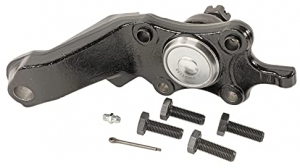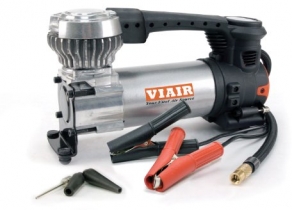-
Welcome to Tacoma World!
You are currently viewing as a guest! To get full-access, you need to register for a FREE account.
As a registered member, you’ll be able to:- Participate in all Tacoma discussion topics
- Communicate privately with other Tacoma owners from around the world
- Post your own photos in our Members Gallery
- Access all special features of the site
Bilstein 5100 OME 884 Headstrong Progressive AAL Installation Write-Up
Discussion in 'Suspension' started by aahowk423, Jun 17, 2019.


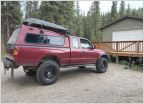 All-Pro Leaf Springs
All-Pro Leaf Springs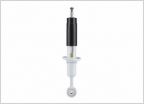 2nd gen Rear shock options WITH lengths
2nd gen Rear shock options WITH lengths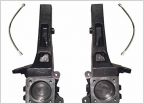 QSA 4" Lift Spindles
QSA 4" Lift Spindles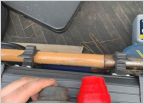 Universal Bump stops
Universal Bump stops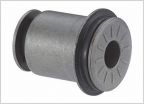 Need help with a control arm bushing part number
Need help with a control arm bushing part number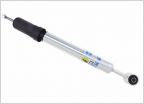 2.5 lift
2.5 lift



